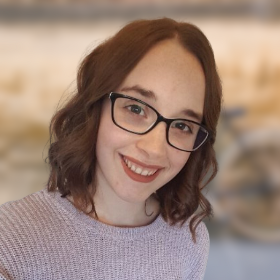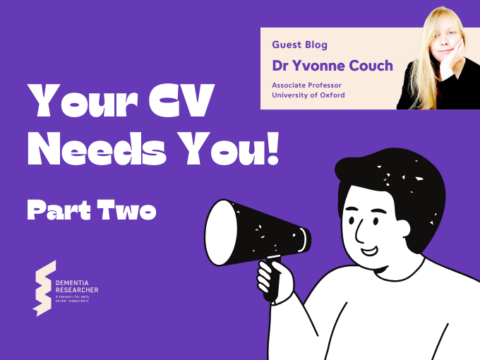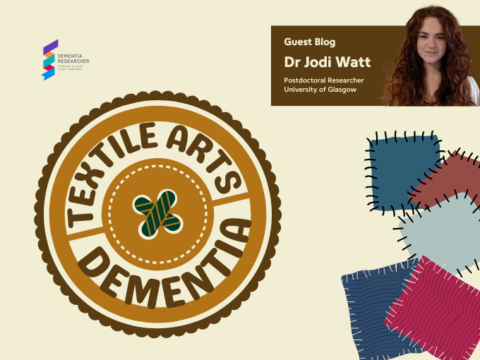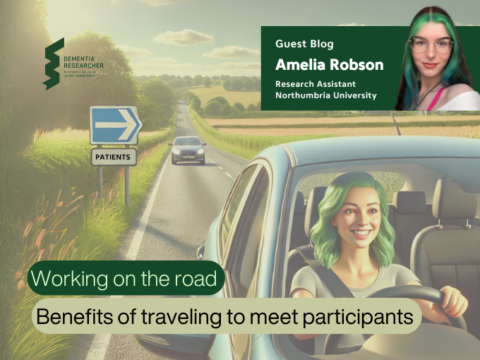At the edge of academia is a place few dare to tread, where assumptions hide under creaky floorboards and results are ghostly apparitions that only those well versed in the mystical arts can interpret. A dark and scary house on the hill which seems, at times, to promise answers – but is it a trap? Entering the house for the first time is a chilling task, random parameters fly from dusty spaces, and there’s an algorithm ticking in the background that no-one can explain. The black box of analysis methods, where models go bump in the night.
Computational modelling is certainly not where I thought my academic journey would lead. Before my PhD I frolicked in the sunny lands of correlations and t-tests which served me incredibly well for the types of research I had been conducting. But, as I began to explore the world of neuroimaging, I soon realised that such complex data perhaps warranted a more complex analysis strategy. Though there are many valid routes to data analysis, models can often provide us with the opportunity to ask new questions of our data, particularly around causality, and so my supervisor pointed me beyond where the light touched to the shadowy place of generative modelling.
When I started to learn about generative modelling for the first time, I found the process frustrating. You see this approach is based on building sets of mathematical equations that try to replicate human data. The hope here is that by mimicking the behavioural or imaging output of our participants, we can glean better insight into the processes which generate this data. Without invasive techniques its perhaps impossible to directly test how the brain is solving problems, but by replicating the output with a model, we can make an educated guess about how this output may have been produced. Simple…
Unfortunately, I am not a mathematician. This meant that I had never encountered many of the common transforms and processes that were now used frustratingly casually when discussing modelling. I felt very much in the dark. Scared that this was something simply beyond my scope and understanding, I worried that I would never be able to engage with these types of questions and solutions. Fortunately, I was not alone.
It took a bit of time being in the dark before my eyes began to adjust, and I was able to see that there were other people working in a similar problem space, who had much more experience. The issue had been that we’d been working in different rooms of the house, you see, and speaking in slightly different tongues. It took effort on both sides to identify the gaps in my knowledge and begin to fill them. To learn the technical definitions of words I had only ever thought of in their lay terms: information, noise, evidence. Once I started to form this basis, striking out on my own became easier as I could parse lectures and research papers. The ominous noises that had been whistling through this dark box started to turn into helpful instructions. I still misinterpreted the signs at times, and still do, but speaking the language of modelling is getting easier with time.
And I have to say, that once I’d managed to get a few lights turned on, what I found was exciting. For the first time, I really started to grasp the power of these techniques to answer questions that other analysis methods just couldn’t answer yet. It allowed me to understand the possible connectivity and even neuronal populations that might be recruited in certain tasks, and how this might differ in our patient groups. It allowed me to see where in the brain the effects of certain neurotransmitters might be felt and therefore how certain drugs might help or hinder these processes. All models are wrong, of course, but these certainly seem useful.
As a side bar, I never realised how satisfying maths is. It’s an area I would have never explored on my own but once I started, I just can’t stop! Watching a Youtube video about the Laplace transform is never where I imagined my happy place would be.
Now all of this is not to say that this haunted house is now a perfect paradise. There are still some sneaky assumptions under the floorboards and bringing them out into the light is as important as ever. There are still some rooms of the house that I daren’t go into, drafty and noisy spaces inhabited by only the hardiest of power users. There are still times when I question if it’s worth the effort to keep the lights on here, when the sun is shining in the pastures of correlations and t-tests. And to be clear there are certainly times when those sunny pastures are the way forward – there is a reason that they are the path most walked, and we should never forget that they have incredible value in their own right. But as I come to the end of my doctoral journey, I can say with all honesty that I’m also glad I decided to brave the dark.
Straying beyond our comfort zone is never easy, but I’d like to offer that, even if you’re not a mathematician, the wonderful world of computational modelling might be closer than you think. To my fellow residents of the house on the hill let’s work hard to get the lights on, hammer down the loose floorboards, and fix the squeaky door hinges to try and make this space more inviting for newcomers. Making our methods sections more transparent, and never assuming a mathematical basis on behalf of our readers. It’s our job to share the knowledge – the more the merrier! Computational modelling may not be for the faint of heart, but it can also help shine a light on new questions and hopefully some new solutions.
So, if you’re on the fence about introducing modelling into your next project, and you’re currently a little put off by the dark house on the hill, why not give us a call, and perhaps you’ll find it’s not so scary after all.
A huge thank you to Amirhossein Jafarian, Pranay Yadav, Juliette Lanskey and James Rowe for welcoming me to the house on the hill.
If you’d like to get in touch about using computational modelling in your next neuroimaging project, please don’t hesitate to reach out to Rebecca.williams@mrc-cbu.cam.ac.uk and I’d be glad to explain some of the approaches we’re using in our research and recommend some good starting points.

Rebecca Williams
Author
Rebecca Williams is a PhD student at the University of Cambridge. Though originally from ‘up North’ in a small town called Leigh, she did her undergraduate and masters at the University of Oxford before defecting to Cambridge for her doctorate researching Frontotemporal dementia and Apathy. She now spends her days collecting data from wonderful volunteers, and coding. Outside work, she plays board games, and is very crafty.

 Print This Post
Print This Post





